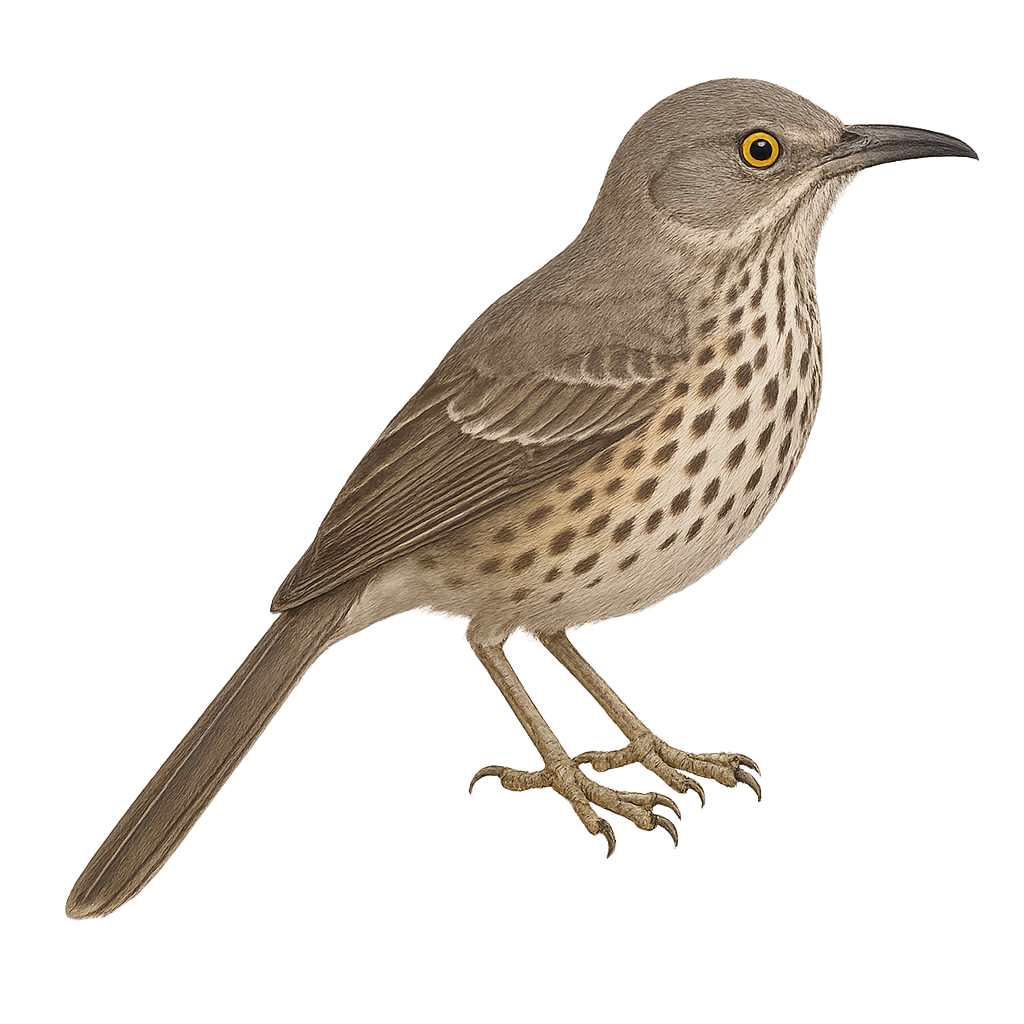Your wildlife photography guide.
Explore the sage thrasher in detail, study its behavior, prepare your shots.
Where to observe and photograph the sage thrasher in the wild
Learn where and when to spot the sage thrasher in the wild, how to identify the species based on distinctive features, and what natural environments it inhabits. The WildlifePhotographer app offers tailored photography tips that reflect the sage thrasher’s behavior, helping you capture better wildlife images. Explore the full species profile for key information including description, habitat, active periods, and approach techniques.
Sage Thrasher
Scientific name: Oreoscoptes montanus

IUCN Status: Least Concern
Family: MIMIDAE
Group: Birds
Sensitivity to human approach: Suspicious
Minimum approach distance: 10 m
Courtship display: April to June
Incubation: 12-14 jours
Hatchings: April to June
Habitat:
Shrublands, semi-desert areas
Activity period :
Primarily active during the day, with peak activity in the morning and late afternoon.
Identification and description:
The Sage Thrasher, or Oreoscoptes montanus, is a discreet and fascinating bird primarily found in the arid regions of the western United States. It is recognizable by its gray-brown plumage, piercing yellow eyes, and slightly curved beak. This bird prefers shrubland habitats and semi-desert areas where it primarily feeds on insects and berries. Although often solitary, it can be observed in small groups during the breeding season. The Sage Thrasher is known for its melodious and varied song, which it uses to defend its territory and attract a mate. Despite its modest appearance, this bird plays a crucial role in the ecosystem by controlling insect populations and dispersing seeds.
Recommended lens:
400 mm – adjust based on distance, desired framing (portrait or habitat), and approach conditions.
Photography tips:
To photograph the Sage Thrasher, it is advisable to use a telephoto lens of at least 400mm to capture detailed images without disturbing the bird. Look for shrubland areas where it is likely to feed or sing. Be patient and discreet, as this bird can be suspicious. The best times to observe it are early in the morning or late in the afternoon when the light is soft and activity is at its peak.
The WildlifePhotographer App is coming soon!
Be the first to explore the best nature spots, track rutting seasons, log your observations, and observe more wildlife.
Already 1 431 wildlife lovers subscribed worldwide

